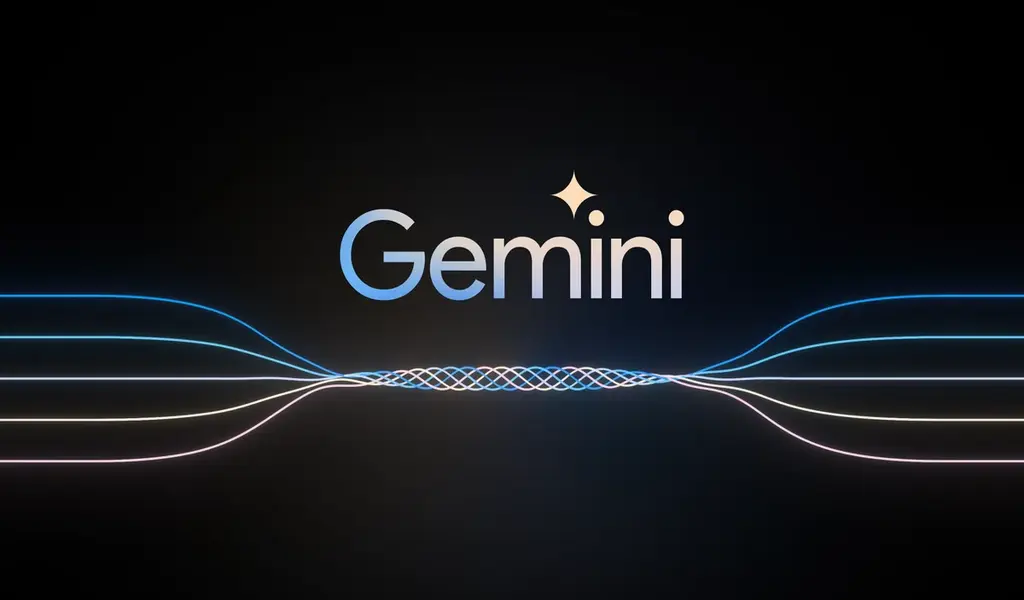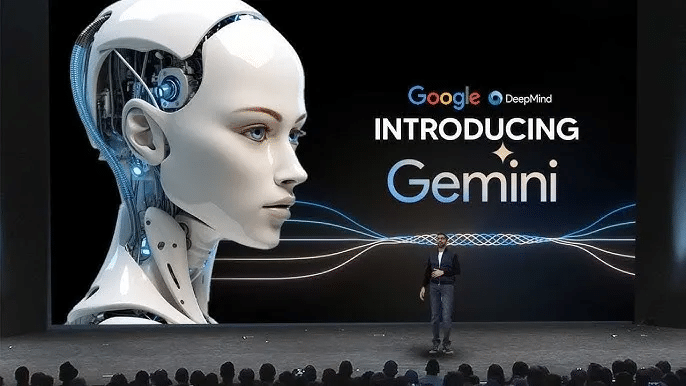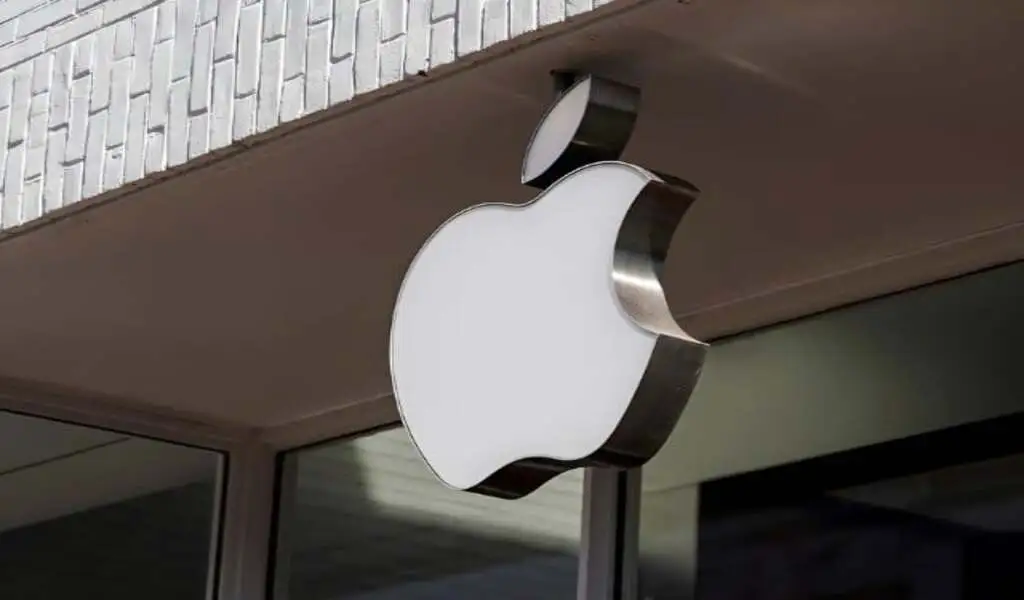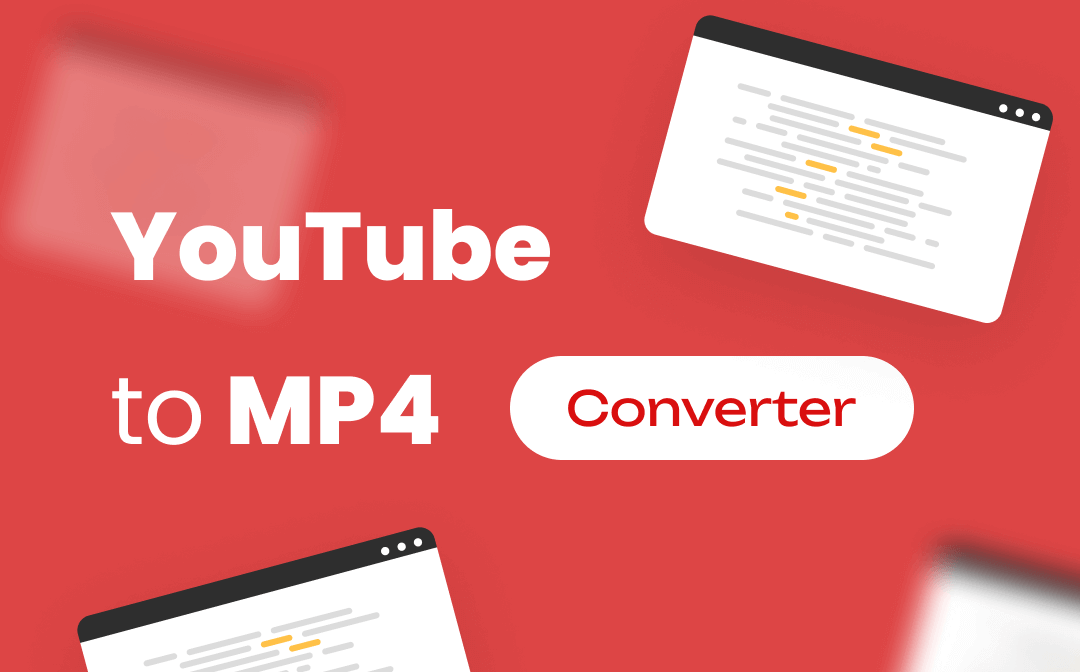Tech
What is Gemini? Everything you need to know about Google’s latest AI model

Google’s most recent generative AI model, Gemini, was just released. The well-known tech corporation regards Gemini as the most sophisticated and adaptable AI model. Google has said that it will expand and improve its large language model (LLM) in the next year. Because the LLM is multimodal, it can understand several data types, including text, audio, pictures, and video.
Google Gemini: What is it?

The most recent large language model (LLM), Google Gemini, created by Google AI’s DeepMind, has sophisticated multimodal processing skills. It can comprehend, work with, and combine many kinds of data, such as text, code, audio, pictures, and videos.
This potent AI has three variants: Ultra, Pro, and Nano. Each version is intended to tackle a certain task’s level of complexity. Gemini has outperformed benchmarks and current industry norms. Its versatility across platforms and adherence to moral AI standards—which have been put through rigorous safety and bias testing—set it apart. Google intends to include Gemini in its offerings, available via Google Cloud Vertex AI and Google AI Studio. Notably, the Gemini Pro edition is perfect for various jobs and is offered for free.
How is Google Gemini used?
How you use Google Gemini depends on the integrated product and version. With Google Bard, for instance, users can submit questions and get answers on everything from weather predictions to poetry writing to coding help—all while being protected from offensive material.
Gemini Nano connects with Gboard for Pixel 8 Pro users, offering recommended responses in messaging applications like WhatsApp. Moreover, Nano may summarize offline recorded talks in the Recorder app.
Although Gemini Ultra’s functionality is unknown, it seems designed for complex activities and may be aimed at academics and business users. Its projected inclusion with Google’s chatbot, Bard Advanced, promises further exploration of opportunities when it is released.
GPT 4 vs Google Gemini: What’s the difference?
With its remarkable multimodal processing powers, Google Gemini excels at managing text, code, audio, photos, and movies. Its ability to integrate and manipulate many kinds of data allows for flexible interactions across several modalities, which is its main strength. Conversely, GPT models like as GPT-3 and maybe GPT-4 do very well in natural language tasks, but they may not have Gemini’s broad capabilities to handle a variety of data formats outside of text. Gemini is unique in that it can handle jobs with a variety of data formats because to its skill with multimodal inputs, while GPT models are mostly used for text-based tasks.
Google displayed the results of eight benchmarks that included text, with Gemini coming out on top in seven. Google claims that Gemini won every single one of the ten multimodal benchmarks.
Though it’s not quite that simple, it would appear to suggest that Gemini is the better method. Gemini is effectively catching up to a nine-month-old #AI tool, since GPT-4 was released in March 2023. It’s difficult to determine which tool is now superior since we don’t know how powerful OpenAI’s next GPT version will be.
Furthermore, Google limited the competition for Gemini Ultra to GPT-4. This indicates that although the current state of Gemini Pro and Nano’s ability to compete with GPT-4 is unknown, OpenAI’s model most likely outperforms Gemini Pro and Nano given the often narrow margins separating GPT-4 and Gemini Ultra.
In summary
With its multimodal proficiency, Google Gemini proves to be a capable multitasker in a future where artificial intelligence fuels human interactions. Although it leads in most benchmarks, the competition with GPT-4 is still close, making the victor of the race still to be announced. The competition for dominance between the two systems is still ongoing as they develop, indicating a bright future for AI research.
Related VOR News:
Apple Announces Its Annual Developers Conference Is Set For June 10
Tech
Apple Joins Google’s Antitrust Trial After an Agreement on Search Engines.

(VOR News) – Apple has submitted a request to participate in the antitrust trial that is expected to take place in the United States during this time period.
This request comes in light of the fact that the trial against Google that is set to take place in the United States is rapidly approaching. The trial is expected to take place in the United States of America, according to current expectations.
The operations of Google that involve the conduct of online searches will be presented as the subject of examination during the trial that is now taking place.
According to Apple’s frame of thought, the company cannot rely entirely on Google to maintain revenue-sharing arrangements that bring in billions of dollars for Apple and its business each year. These arrangements entail Apple and Google sharing money.
Apple needs these alliances to survive.
At this time, Google is the primary search engine that is incorporated into the Safari web browser that is provided by Apple. This is due to the fact that these agreements have been reached, and as a consequence, the Safari web browser is now compatible with Google.
According to the documents that were presented to the court in Washington on Monday, Apple has made it abundantly clear that it does not intend to establish its own search engine in order to compete with Google. This is consistent with the materials that were filed.
A notation of this fact was included in the documents themselves. Regardless of whether or not these payments continue to be provided, the fact that this remark was made regardless of whether or not they continue to be delivered makes it immaterial whether or not they continue to be provided.
The arrangement that Apple has with Google is directly responsible for the fact that it is projected that Apple will have received twenty billion dollars by the time the year 2022 comes to a close. It is a direct consequence of the arrangement that has come about.
Apple has indicated that it intends to carry out its desire to have a trial in the month of April, and it has claimed that it intends to accomplish this by inviting witnesses to testify during the hearing.
Apple said it would have a trial in April.
According to Apple’s announcement, the company intends to comply with the request. The conditions are anticipated to be the determining factor in determining the site of the trial.
Furthermore, this trial is part of the historic lawsuit the Department of Justice is running against Google. These are some additional things of interest to give thought to.
This case aims to show that the required changes are ones that Google must do if it is to reach the objective of restoring competition in the market for internet search. Right now, the trial is in progress; this is the moment we live in.
The corporation is anticipated to opt for the sale of its Chrome browser and potentially its Android operating system as part of these initiatives. This is a potentiality that persists. It is unequivocal that all of this lies within the realm of possibility. A possibility exists that something will occur.
Apple’s legal counsel claimed Google no longer represented Apple’s interests:
“Google must now defend itself against a broad effort to break up its business units.” This statement was made in response to the fact that Apple’s legal counsel had published the statement.
Regarding the statement that was published by Apple, this remark was made in conformity with the statement. It is extremely probable that the trial will have significant repercussions for the manner in which clients acquire information online, and there is a strong likelihood that these effects will be severe.
The trial is expected to take place in the near future. Considerable influence is anticipated to be brought about by the trial.
Consequently, as a result of this, Google has requested that the default agreements it has with mobile device manufacturers, browser developers, and wireless carriers be opened up to the public. On the other hand, the organization has shown no indication that it intends to terminate the revenue-sharing arrangements that it currently has in place.
SOURCE: TN
SEE ALSO:
YouTube to MP4: Top Thing You Need to Know
On December 24, NASA’s Parker Solar Probe Will Make Its Closest Approach To The Sun.
Tech
YouTube to MP4: Top Thing You Need to Know

Downloading videos from YouTube and converting them into MP4 files has become a popular trend. Whether you want offline access or need the content for a project, YouTube to MP4 converters make it simple. Here’s an in-depth look at what these tools are, how they work, and things to keep in mind.
What Is YouTube to MP4 Conversion?
YouTube to MP4 converters allow users to save videos from YouTube in the widely accepted MP4 format. The MP4 format is preferred because it’s compatible with almost every device and delivers high-quality video and audio.
These tools can help you save videos for offline viewing, presentations, or even educational purposes. However, it’s essential to ensure you follow YouTube’s terms of service when using such tools.
Why Choose MP4 Format?
MP4 is one of the most versatile and widely used multimedia formats. Here are some reasons why it’s a go-to option:
- Compatibility: MP4 works on most devices, including smartphones, computers, and smart TVs.
- Quality: It provides excellent quality for both video and audio without taking up excessive storage space.
- Efficiency: It’s easy to stream, share, and edit.
If you’re looking for a reliable tool, platforms like YTMP4 or SubEasy’s converter offer fast and effective solutions.
How to Convert YouTube Videos to MP4
Converting videos is simple. Here’s how it typically works:
1. Copy the YouTube Link
Find the video you want to save and copy its URL. Make sure the content is something you have permission to download.
2. Visit a YouTube to MP4 Converter
Access a trusted converter like Y2Mate. These tools are user-friendly and only require you to paste the YouTube link.
3. Choose the Desired Format
Most converters let you select quality settings, such as 720p, 1080p, or even 4K. MP4 is often the default format.
4. Download Your File
Click “Download” and let the tool process your request. Once complete, save the file to your device.
For a detailed guide, check out this resource on how to download YouTube videos.
Are These Tools Legal?
When discussing YouTube to MP4 converters, legality often comes up. YouTube’s terms of service don’t allow video downloads unless explicitly permitted by the platform. This means downloading videos without proper authorization could lead to consequences.
However, there are exceptions. For example:
- Personal Use: Some content creators allow downloads if used for personal, non-commercial purposes.
- Creative Commons: Videos under the Creative Commons licence are free to download.
- Public Domain: Content that’s public domain can usually be saved freely.
Always double-check content rights before proceeding.
Free vs Paid Converters: What’s the Difference?
There are both free and paid tools available for converting YouTube videos. Here’s how they differ:
Free Converters
- Examples: Turboscribe AI
- Pros: No costs, easy to use, quick results.
- Cons: May have ads, limited quality options, or slower speeds.
Paid Converters
- Pros: Offer advanced features, faster downloads, and better quality.
- Cons: Costs may not be worth it if your needs are basic.
If you only need occasional downloads, free tools like YTMP4 are usually sufficient.
Risks to Watch Out For
Not all converters are created equal. While most do the job efficiently, others may pose risks. Here’s what to look out for:
- Malware and Viruses: Avoid tools with excessive ads or suspicious permissions.
- Privacy Concerns: Use platforms that don’t require personal data.
- Quality Issues: Some tools might compress the video too much, reducing its quality.
Visiting trusted options like SubEasy can help you avoid these problems.
Alternatives to Downloading Videos
If you’d rather not rely on converters, YouTube offers its own solutions. The platform’s Premium service allows users to save videos for offline playback directly in the app, though it doesn’t provide MP4 files.
For detailed methods, check out this article on how to download YouTube videos.
YouTube to MP4 conversions can be handy, but it’s important to use these tools responsibly. Always respect intellectual property rights, and choose safe, reliable converters to protect your devices and data.
By understanding the process and potential risks, you can enjoy the convenience of offline videos without any hassle. There’s no shortage of tools available, so pick the one that best suits your needs.
Related News:
Best Ways to Convert YouTube to MP3
Tech
On December 24, NASA’s Parker Solar Probe Will Make Its Closest Approach To The Sun.

(VOR News) – NASA’s Parker Solar Probe will make its last approach to the sun, according to the National Aeronautics and Space Administration (NASA).
This is expected to take place on the 24th of December. On this particular date, it is widely predicted that the project will be finished on time.
It has been reported by Sci Tech Daily that the Parker Solar Probe, which is currently in fine condition and is being controlled by the National Aeronautics and Space Administration (NASA), is functioning in an efficient manner. This data was provided by the National Aeronautics and Space Administration.
The National Aeronautics and Space Administration (NASA) is in charge of supervising the Living With a Star Program, which includes the Parker Solar Probe, which is an essential undertaking associated to the program.
The program is managed by NASA.
The program’s principal mission is to conduct research to enhance understanding of the Sun and its effects on Earth.
The airplane is projected to traverse a distance of 3.8 million miles (6.1 million kilometers) from the Sun throughout the mission. In comparison to the Sun, this distance signifies an exceptionally close encounter with the star in question.
The persons responsible for the mission will encounter difficulties in contacting them during the interval when the spacecraft is at its closest approach, known as perihelion.
On December 27th, subsequent to the flyby, it will transmit a signal to confirm its proper functionality and acceptable operation. This will provide as evidence that it is functioning within its standard parameters. The implementation of this plan will ensure its proper functioning.
The acquisition of fresh knowledge and discoveries related to solar activity and phenomena will be facilitated by the subsequent collecting of these data.
“This exemplifies NASA’s audacious missions, undertaking unprecedented endeavors to address enduring inquiries regarding our universe,” stated Arik Posner, a scientist involved in the Parker Solar Probe program at NASA Headquarters in Washington.
“This exemplifies one of NASA’s audacious missions.” “This exemplifies one of NASA’s audacious missions.” “This exemplifies one of NASA’s audacious missions.”
“This has to be one of NASA’s most ambitious undertakings.”
Posner dedicated time and effort to composing this assertion, which he then included into a publicly released statement.
He remarked, “We anticipate receiving the initial status update from the spacecraft and commencing the acquisition of scientific data in the forthcoming weeks.”
This constitutes an additional point of interest. These are additional things of interest to contemplate. This subject is attracting significant attention from persons worldwide.
While at the Advanced Photon Technologies (APT) laboratory, Nick Pinkine, newly appointed mission operations manager for the Parker Solar Probe, noted that “no human-made object has ever approached a star this closely, thus Parker will indeed be transmitting data from uncharted territory.”
Pinkine is responsible for supervising the mission activities of the Parker Solar Probe and is accountable for these operations. Pinkine’s observation pertains to the Parker Solar Probe’s return of data from hitherto uncharted locations. These ecosystems have not been before encountered.
He issued the following remark for the sake of clarification: “We anticipate a response from the spacecraft upon its completion of the solar orbit.”
SOURCE: JN
SEE ALSO:
Google Responds To The US Bid To Mandate Chrome’s Sale.
Social Security Change Approved By Senate Despite Fiscal Concerns
-
Politics4 weeks ago
Miller Expects 4.9 Million Foreigners to Leave Canada Voluntarily
-
News4 weeks ago
Nolinor Boeing 737 Crash Lands in Montreal
-
News3 weeks ago
“Shocking Video” Vancouver Police Shoot Armed Suspect 10 Times
-
Tech4 weeks ago
Increasing its Stake in OpenAI by $1.5 Billion is a Possibility for SoftBank.
-
Tech4 weeks ago
Canadian Media Firms Are Suing OpenAI in a Potential Billion-Dollar Dispute.
-
Finance2 weeks ago
Chrystia Freeland Promises Mini-Budget By Dec 16th
























